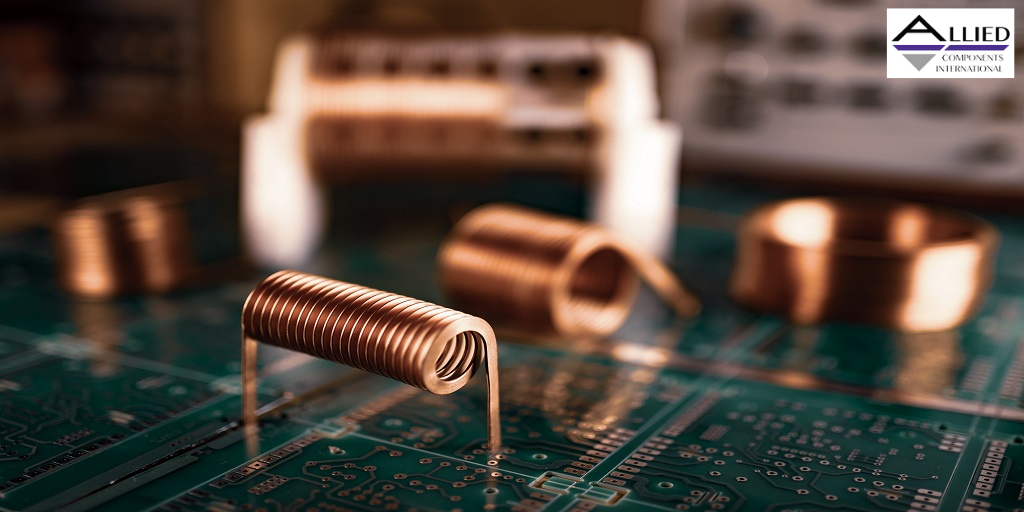What Is an Inductor in a Circuit?

The inductor plays a major role in electronic circuits with the capability of storing electrical or inducing energy in a magnetic field surrounding a coil. The device allows direct current (DC) but not alternating current (AC) to flow through. Various types of inductors exist to provide inductance, a property that induces electromagnetic force measured in voltage through a circuit or conductor.
What Do Inductors Do?
Most people never hear about inductors in their everyday lives. Engineers, electricians, and electronic technicians may be familiar with this basic component, but the majority of the population has no idea what an inductor is. Yet, inductors are commonly found in modern electronic systems and devices.
As a passive energy storage device, an inductor has an "on" and "off" switch. In the "off" mode, the inductor supplies energy to the circuit and maintains a steady flow of current. It opposes fluctuations in current that flows through it, providing inductance of electromagnetic force through its magnetic field when necessary. Inductance, in mathematical terms, is the ratio of voltage level to the rate of change in current. This metric helps technicians know how much energy an inductor can store.
Ultimately, an inductor is like a gatekeeper or regulator for energy within a system. When it induces voltage, instant resistance is generated, which the inductor takes into account to stabilize the current.
How Are Inductors Designed?
Inductors are designed to meet electrical, mechanical, and thermal requirements for specific applications. Building one from scratch would involve choosing a core material, shape, size, and winding wire. Copper is a common choice for winding wire because it's coated with polymer for insulation. The wire guides the energy in the magnetic field, while the winding can be cylindrical or a box-like shape. Magnetic wire helps prevent disruptions such as short circuits and breakdowns.
Different types of inductors exist in which they are distinguished by a core material such as iron, air, and ferrite. Iron is a commonly used magnetic material, particularly in audio equipment, because it's excellent for low-frequency line filtering. Air core inductors are useful for handling high frequencies.
Ferrite is another widely used material for inductor cores. Its iron-based ceramic material comprises mixed metals. Ferrite is favored in electronic production due to how its permeability can be easily controlled.
Since the price of copper is high, copper wiring is mostly found in equipment and devices that justify mass production. These products induce radios, power supplies, and electronic gadgets.
Conclusion
Inductors serve the purpose of preventing sudden shifts in voltage input while maintaining consistent current flow. These simple components play a monumental role in keeping current consistent, which protects the equipment. If you are looking for all types of electronic components, visit the Allied Components International website today.


